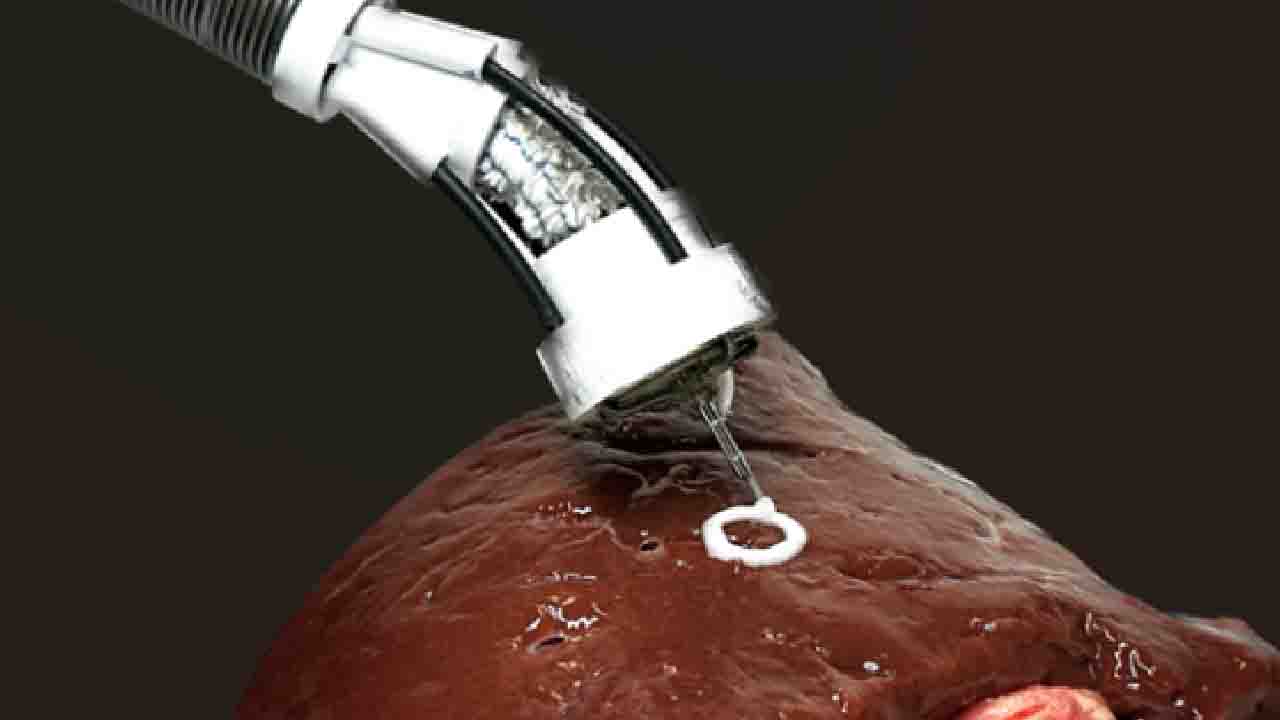Australia (Commonwealth Union) – A multitude of factors are known to play a role in the phenotypic (observable features) characteristics of species. These include diet, temperature, oxygen levels, humidity etc. Knowledge of how these factors specifically trigger changes can help scientists take corrective measures against diseases.
A new review conducted by the Australian National University (ANU) has demonstrated that animals bred in captivity may undergo vital changes to their bodies, behavior and health, impacting their chances of survival upon release into the wild. The study authors have shown the conditions animals experience in captivity are regularly extremely different to what they may experience in the wild, resulting in them changing in a number of ways.
Some changes are clear but others more complex to identify, which may restrict the effectiveness of reintroduction programs for endangered species. The phenotypic changes may appear in various forms. Some examples are fish reared in aquariums taking on dissimilar body shapes, butterflies unable to remember how to migrate once released into the wild, captive-bred lions with weaker jaws as a result of soft foods, and very intelligent marine mammals suffering worse health resulting from stress.
Researchers further indicated the precise aspects of life in captivity bringing about these changes. “It’s also unclear exactly what impacts these changes can have on the recovery of endangered wild populations,” study co-authors Dr Ross Crates and Professor Rob Heinsohn said. “Importantly, we hope our review demonstrates there are a range of opportunities to study why these changes occur, what impacts they have and how we can address them to help give captive-bred animals the best possible chance of flourishing in the wild.”
Corresponding Author Dr Dejan Stojanovic stated that animals bred in captivity may sometimes have unexpected changes that may disadvantage them once release to the wild, and emphasized the need to identify how these issues arise to take corrective measures.
















